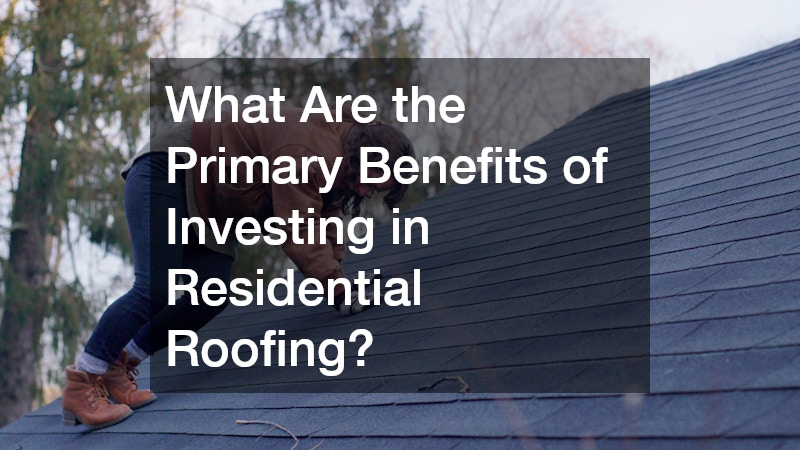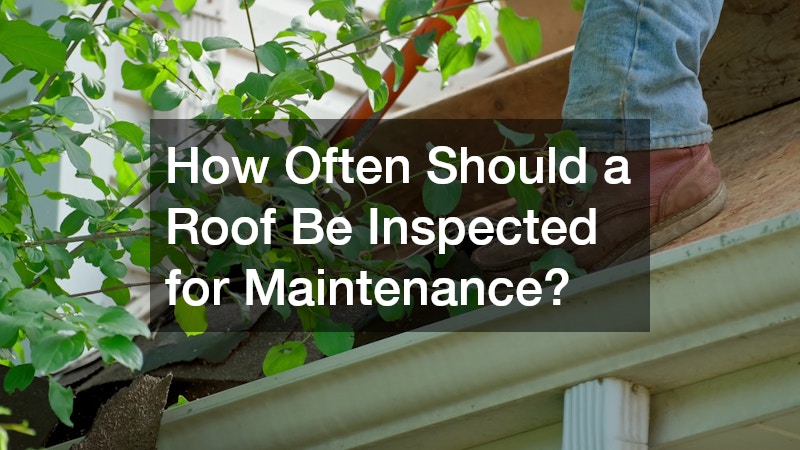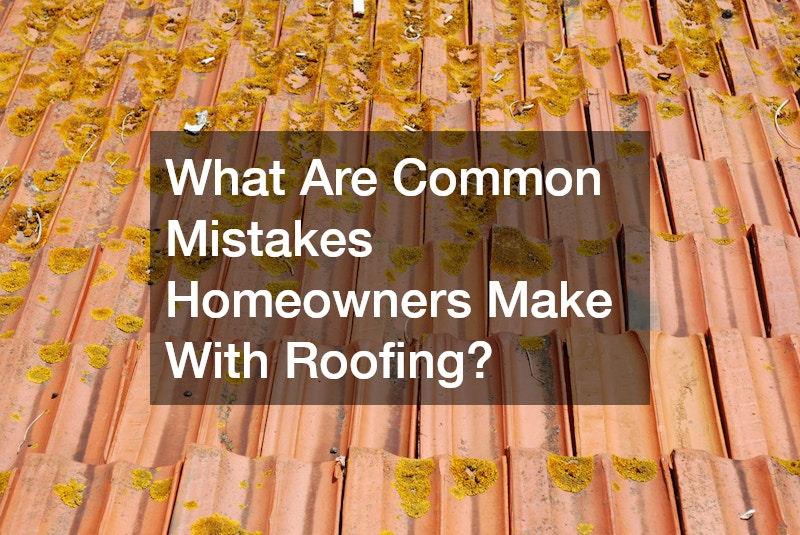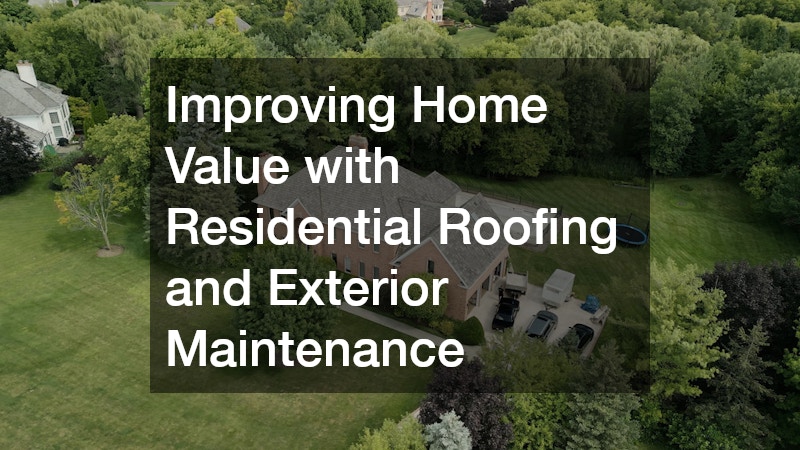When it comes to protecting and enhancing a home, few factors play as crucial a role as residential roofing and exterior maintenance. A home is not just a structure—it is a long-term investment, and maintaining its condition is vital for preserving both comfort and financial value. Residential roofing sits at the center of this effort. It not only provides protection from the elements but also contributes directly to curb appeal, energy efficiency, and overall resale value. A strong, attractive roof signals to potential buyers that the home has been well cared for, while neglected roofing can become a red flag that leads to lower offers and costly repairs down the road.
What Are the Primary Benefits of Investing in Residential Roofing?

Increased Property Value
One of the strongest arguments for investing in residential roofing is the direct impact it has on property value. A roof in good condition gives buyers confidence that they will not be burdened with major repairs immediately after purchase. Appraisers often take the age and condition of a roof into account, and newer roofs can boost the resale price substantially. Beyond numbers, the peace of mind provided by a durable roof can be a powerful selling point. Homeowners who choose professional installation—rather than relying on piecemeal local roof repair—are also better positioned to prove the quality of their investment when it comes time to sell.
Protection From Weather Damage
At its core, residential roofing exists to provide protection. A high-quality roof shields a home from rain, snow, wind, and temperature extremes. Without it, even minor weather events can lead to leaks, structural deterioration, or interior damage. Neglecting necessary maintenance or delaying roof repairs can result in more costly fixes later. In regions prone to storms, post-event evaluations are essential for ensuring the roof continues to function properly. A roof that has been regularly inspected and serviced offers homeowners long-term protection while reducing emergency repair bills that might otherwise eat into household budgets.
How Does Exterior Maintenance Affect Home Value?
Preventative Care and Longevity
Exterior maintenance is also about longevity. Regular upkeep prevents small issues from developing into expensive repairs. For instance, neglected gutters can lead to water pooling around the foundation, which might then require the services of a concrete contractor to correct. Similarly, failing to keep up with siding maintenance can lead to hidden water infiltration and structural problems. By addressing these issues early, homeowners extend the lifespan of their home’s exterior features while saving money in the long run. Preventative care, whether performed by gutter cleaners or local roof repair specialists, helps safeguard the investment made in the home itself.
Impact on Energy Efficiency
Energy efficiency is another area where exterior maintenance makes a significant difference. Cracks in siding, gaps around windows, or missing roof shingles all allow air transfer, which can drive up heating and cooling costs. Coordinating efforts between a heating and cooling contractor and a roofer can ensure that insulation, ventilation, and roofing materials all work together to maintain consistent indoor temperatures. Not only does this reduce monthly utility bills, but it also appeals to environmentally conscious buyers who value sustainable living. Energy-efficient homes often command higher resale prices, making exterior maintenance a smart financial decision.
What Types of Roofing Materials Should Homeowners Consider?
Asphalt Shingles
Asphalt shingles remain one of the most popular residential roofing options due to their affordability and versatility. They come in a wide range of colors and styles, making it easy for homeowners to match their preferred aesthetic. Asphalt shingles are relatively easy to install and repair, which keeps local roof repair costs manageable. However, their lifespan is generally shorter compared to metal or tile, and they may require more frequent inspections in regions with extreme weather. For many families, the balance of cost, appearance, and availability makes asphalt shingles a practical choice.
Tile Roofing
Tile roofing offers a distinctive appearance that enhances curb appeal while providing exceptional longevity. Clay or concrete tiles are resistant to fire, pests, and rot, making them an excellent investment in regions with harsh climates. They also pair well with stucco finishes, which is why many homeowners who schedule stucco repair choose to upgrade to tile roofing at the same time. The weight of tile requires additional structural support, so consulting with both a roofer and a concrete contractor may be necessary to ensure the home can handle the load. Despite the higher installation costs, the aesthetic and functional benefits of tile roofing make it a premium choice for homeowners looking to add long-term value.
How Often Should a Roof Be Inspected for Maintenance?

Post-Storm Evaluations
Severe weather events can take a toll on even the best residential roofing systems. High winds, heavy rain, or hail may damage shingles or loosen flashing, which often goes unnoticed until leaks appear. Scheduling post-storm evaluations with a roofer helps ensure hidden damage is identified and repaired quickly. This proactive approach not only prevents long-term water infiltration but also strengthens insurance claims, as documented inspections provide evidence of timely care. Gutter cleaners and siding contractors may also be called upon after storms to restore full functionality and appearance to the home’s exterior.
Real Estate Tips
From a real estate perspective, the timing of inspections can influence marketability. Homes listed with recently inspected and maintained roofs often sell faster and at higher prices. Buyers appreciate transparency, and inspection reports provide reassurance about the property’s condition. Partnering with both a roofer and a heating and cooling contractor can help sellers prepare their home for the market by demonstrating that critical systems have been properly cared for. Regular inspections, especially when documented, translate into a smoother selling process and fewer obstacles during negotiations.
What Exterior Maintenance Tasks Are Crucial for Homeowners?
Gutter Cleaning and Repair
Clean gutters are essential for protecting a home from water damage. Blocked gutters can cause water to overflow, damaging roofing, siding, and even the foundation. Hiring professional gutter cleaners ensures that debris is removed safely and effectively, while routine gutter replacement prevents leaks and structural issues caused by old or failing systems. Well-maintained gutters not only safeguard against costly damage but also enhance curb appeal by presenting a neat, cared-for exterior. This relatively small investment in maintenance can save homeowners significant repair bills over time.
Painting and Siding Upkeep
The condition of siding and paint directly influences a home’s value and appearance. Fresh paint serves as a protective barrier against moisture, pests, and UV damage, while well-maintained siding prevents deeper structural issues. Partnering with a local siding contractor ensures that repairs are performed correctly and that new materials align with both function and aesthetics. Regular painting and siding upkeep also make a home stand out in the real estate market, signaling to buyers that the property has been consistently cared for.
Can DIY Roofing and Exterior Maintenance Save Money?
Assessing Personal Skills and Tools
Many homeowners are tempted to take a do-it-yourself approach when it comes to residential roofing or exterior upkeep. While DIY projects can save money on labor, they require a realistic understanding of one’s own abilities and the necessary tools. For instance, patching a minor leak or cleaning gutters might be manageable for some, but larger jobs like gutter replacement or complex stucco repair demand more advanced knowledge. Safety is also a major factor; climbing ladders and handling roofing materials without proper training can lead to injuries. Before deciding to handle tasks alone, homeowners should assess whether their skill set and equipment are truly sufficient for the job. Usually, for something as important as a roof, which dictates so much of the health of your home, a professional service is recommended.
When to Hire a Professional
Some tasks are simply best left to experts. Roofing, siding, and major grading projects require a level of expertise and safety training that most homeowners do not possess. Hiring a roofer or local roof repair specialist guarantees that work is completed to industry standards and often comes with warranties. Similarly, professionals such as gutter cleaners and concrete contractors have the equipment to handle challenging jobs quickly and efficiently. Knowing when to bring in experts can prevent costly mistakes and protect the structural integrity of the home.
What Are Common Mistakes Homeowners Make With Roofing?

Ignoring Minor Issues
Small problems, like a missing shingle or a clogged gutter, may not seem urgent, but ignoring them can lead to significant damage over time. What begins as a minor leak can quickly escalate into water damage requiring stucco repair or even foundation reinforcement from a concrete contractor. Regular maintenance and prompt attention to problems help avoid costly repairs. Homeowners who rely solely on patchwork fixes instead of comprehensive solutions from a roofer often find themselves paying more in the long run.
Choosing the Wrong Materials
Another common mistake is selecting roofing materials based on appearance or cost alone. Each material—whether asphalt, metal, or tile—has specific strengths and weaknesses. For example, metal roofing may provide exceptional durability but requires professional installation. Tile roofing looks beautiful but may need additional structural support. Choosing poorly suited materials without consulting a roofer can result in premature failures or high maintenance costs. Homeowners are better served by weighing longevity, climate suitability, and aesthetic preferences before making their decision.
How Does Exterior Lighting Contribute to Property Value?
Highlighting Architectural Features
Beyond safety, exterior lighting is also an aesthetic tool. Strategic placement of lights can draw attention to unique architectural elements, such as stucco finishes, detailed siding, or the texture of roofing materials. A roofer may recommend lighting that shows off the roofline, while a local siding contractor can ensure siding details are properly highlighted. This subtle but effective enhancement elevates curb appeal and creates a more inviting atmosphere during evening hours.
Energy Efficiency Through Smart Lighting
Modern lighting solutions now combine function with efficiency. LED systems and smart controls allow homeowners to reduce energy consumption while maintaining an attractive outdoor environment. These upgrades align with broader energy-saving efforts, such as working with a heating and cooling contractor to optimize HVAC systems. Buyers often respond positively to homes with sustainable features, making energy-efficient lighting another investment that contributes to higher property value.
What Is the Role of Landscaping in Home Value?
Water Management Solutions
Proper landscaping does more than beautify; it also plays a practical role in water management. Poor drainage can damage foundations, siding, and roofing over time. Local grading specialists help direct water away from the home, reducing the risk of flooding or erosion. Coordinating grading with gutter replacement ensures that water is safely channeled away from vulnerable areas. This integration of landscaping and exterior maintenance creates long-term protection while boosting buyer confidence.
Low-Maintenance Landscaping Options
Today’s buyers often favor low-maintenance landscaping that requires less time and fewer resources. Options like native plants, rock gardens, and efficient irrigation systems provide beauty without heavy upkeep. This is especially appealing to busy families or buyers who want sustainable outdoor solutions. Low-maintenance landscaping, when paired with durable roofing and siding, creates a package that enhances home value without adding long-term burdens for new owners.
How Can Home Exterior Trends Influence Value?

Understanding Local Market Preferences
Every real estate market has its own unique trends, and staying aware of them can give homeowners an edge. In some regions, metal roofing is considered highly desirable, while in others, traditional asphalt shingles dominate. A roofer familiar with local conditions can provide insight into what buyers are currently seeking. Similarly, trends in siding materials or stucco repair finishes vary region by region. Adapting to these preferences ensures that investments in exterior maintenance are aligned with local demand.
Eco-Friendly Materials
Sustainability continues to influence buyer preferences. Eco-friendly roofing materials, energy-efficient siding, and environmentally conscious landscaping all appeal to those seeking green homes. Residential roofing options like recycled shingles or reflective metal surfaces fit this trend. Stucco repair with modern, sustainable materials also strengthens a property’s eco-friendly profile. Buyers increasingly see these updates not only as environmental choices but as financial advantages due to long-term energy savings and durability.
Residential roofing and exterior maintenance together form the backbone of home value. A strong, well-maintained roof protects against weather damage, enhances curb appeal, and signals responsible ownership to potential buyers. Exterior upkeep—whether through siding repairs, gutter replacement, stucco repair, or professional landscaping—adds further assurance that the property has been properly cared for. These combined efforts create a lasting impression that directly translates into higher resale prices and quicker sales.
